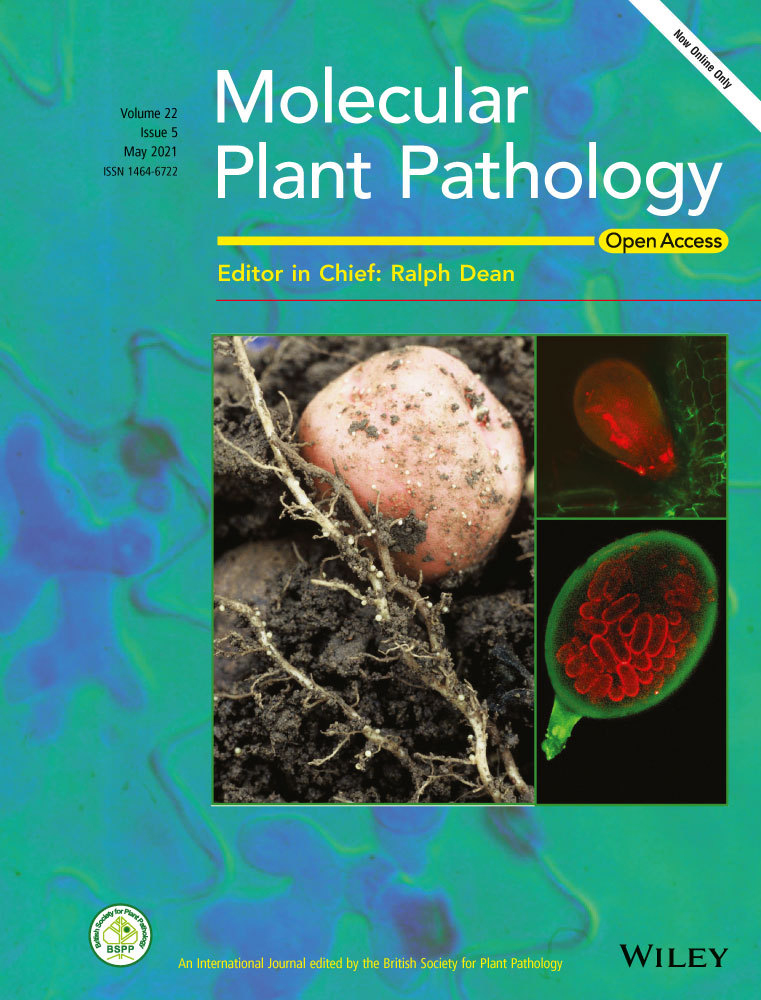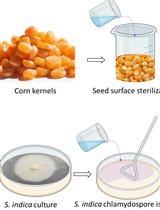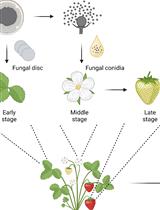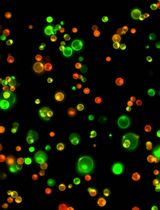- EN - English
- CN - 中文
Analysis of Soluble Sugar Content in Minute Quantities of Rice Tissues by GC-MS
气质联用技术分析水稻组织中微量可溶性糖含量
发布: 2021年07月05日第11卷第13期 DOI: 10.21769/BioProtoc.4077 浏览次数: 4764
评审: Runlai HangWeiyan JiaYu Liu
Abstract
Soluble sugars play key roles in plant growth, development, and adaption to the environment. Characterizing sugar content profiling of plant tissues promotes our understanding of the mechanisms underlying these plant processes. Several technologies have been developed to quantitate soluble sugar content in plant tissues; however, it is difficult with only minute quantities of plant tissues available. Here, we provide a detailed protocol for gas chromatography mass spectrometry (GC-MS)-based soluble sugar profiling of rice tissues that offers a good balance of sensitivity and reliability, and is considerably more sensitive and accurate than other reported methods. We summarize all the steps from sample collection and soluble sugar extraction to derivatization procedures of the soluble extracted sugars, instrumentation settings, and data analysis.
Keywords: GC-MS (气相色谱-质谱联用技术)Background
Sucrose, as the major product of photosynthesis in plants, is transported from sources to sinks by three steps, phloem loading, long-distance transport in phloem, and phloem unloading, which are mediated by both plasmodesmata and sugar transporters (Zhu et al., 2013; Milne et al., 2018). Sucrose is then transformed into other sugars such as glucose and fructose. These soluble sugars are involved in energy and material metabolism and signaling, plant growth and development, and plant responses to biotic and abiotic stresses (Bezrutczyk et al., 2018; Yamada and Osakabe, 2018; Wei et al., 2020). On the other hand, pests regulate plant sugar partitioning to facilitate their infection of, and damage to, plants (Hofmann et al., 2009; Ibraheem et al., 2014; Sosso et al., 2019). It is highly beneficial for researchers to understand the mechanisms of plant-pest interactions in order to investigate changes in soluble sugar content of plant tissues during pest infection or damage.
Several methods have been developed to quantitate soluble sugars, such as the anthrone-sulfuric acid colorimetric method, high-performance liquid chromatography (HPLC), liquid chromatography-mass spectrometry (LC-MS), and gas chromatography-mass spectrometry (GC-MS) (Montero et al., 2004; Jan et al., 2006; Magwaza and Opara, 2015; Ye et al., 2019). Among these methods, LC-MS and GC-MS are widely used for sugar quantitation. In comparison with LC, GC shows higher resolution at the high-performance level; although, a dervatization step is needed to convert sugars into volatile compounds (Romani et al., 1994; Cataldi et al., 2000). It has been reported that approximately 50 mg fresh weight of leaves and roots from two-year-old olive plants can be used to quantitate the soluble sugar content of these tissues by GC-MS (Cataldi et al., 2000), which, as we learned, is the highest sensitivity of GC-MS used in characterizing soluble sugar content of plant tissues. Here, we describe in detail a new GC-MS protocol, with some important modifications, that is able to quantitate the three soluble sugars, sucrose, glucose, and fructose, in plant tissues with approximately 15 mg fresh weight. This method was modified by us and has been successfully applied in our current work.
Materials and Reagents
1.5-ml centrifuge tubes (Axygen, catalog number: AXYMCT150C)
2.0-ml centrifuge tubes (Axygen, catalog number: AXYMCT200C)
Rice (Oryza sativa cv Nipponbare)
Liquid nitrogen
Methoxyamine hydrochloride (98%, Sigma-Aldrich, catalog number: 226904-1G)
Pyridine (Macklin, catalog number: P816290)
N-methyl-N-(trimethylsilyl)trifluoroacetamide (Santa Cruz Biotechnology, catalog number: 24589-78-4)
Fructose (Shanghai Yuanye Bio-Technology Co., Ltd, catalog number: B21896)
Glucose (Sigma-Aldrich, catalog number: G7528)
Sucrose (DR EHRENSTRORFER, catalog number: CDCT-C16901100)
Ribitol (99%, Sigma-Aldrich, catalog number: A5502-5G)
Helium gas (v/v ≥ 99.999%, Gassoon)
Methoxyamine hydrochloride solution (see Recipes)
Internal standard solution (see Recipes)
Equipment
Gas chromatograph (SHIMADZU, model: GAS CHROMATOGRAPH GC-2010 Plus)
Glas-Col evaporator (Guangzhou Pengxin Technology, model: FD5-series).
SH-Rxi-5Sil MS Cap (SHIMADZU, catalog number: R221-75954-30)
Auto sampler vials with caps (Agilgent, catalog number: 5182-0715)
Glass inserts (BioReags, catalog number: 571200)
Centrifuge (Eppendorf, model: Centrifuge 5424 R)
Vortex (Haimen Kylin-Bell, model: QL-901)
Vacuum freeze drier (Gold Sim, model: FD5-series freeze dryer)
1-ml transfer pipettes (Axygen, catalog number: T-1000-B)
200-μl transfer pipettes (Crystalgen, catalog number: 23-2346)
Software
GC-MSsolution software (Shimadzu GC-MS QP-2010)
NIST17 mass spectra search program (version 2d, build 2017) (National Institute of Standards and Technology, Gaithersburg, MD)
Microsoft Excel
Procedure
文章信息
版权信息
© 2021 The Authors; exclusive licensee Bio-protocol LLC.
如何引用
Xu, L., Xiao, L., Xiao, X., Xiao, Y. and Wang, G. (2021). Analysis of Soluble Sugar Content in Minute Quantities of Rice Tissues by GC-MS. Bio-protocol 11(13): e4077. DOI: 10.21769/BioProtoc.4077.
分类
植物科学 > 植物生理学 > 生物胁迫
生物化学 > 糖类 > 二糖
您对这篇实验方法有问题吗?
在此处发布您的问题,我们将邀请本文作者来回答。同时,我们会将您的问题发布到Bio-protocol Exchange,以便寻求社区成员的帮助。
Share
Bluesky
X
Copy link













